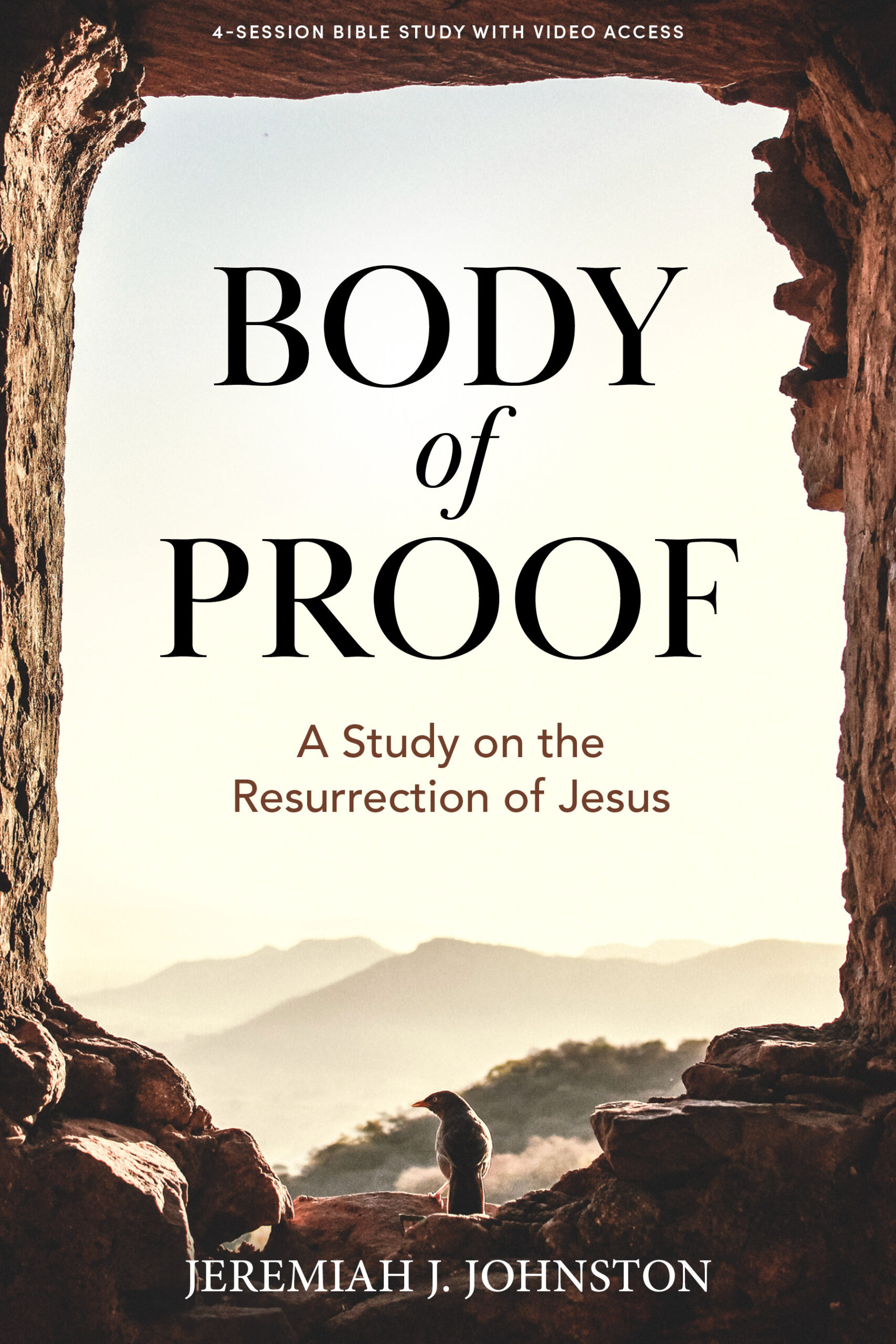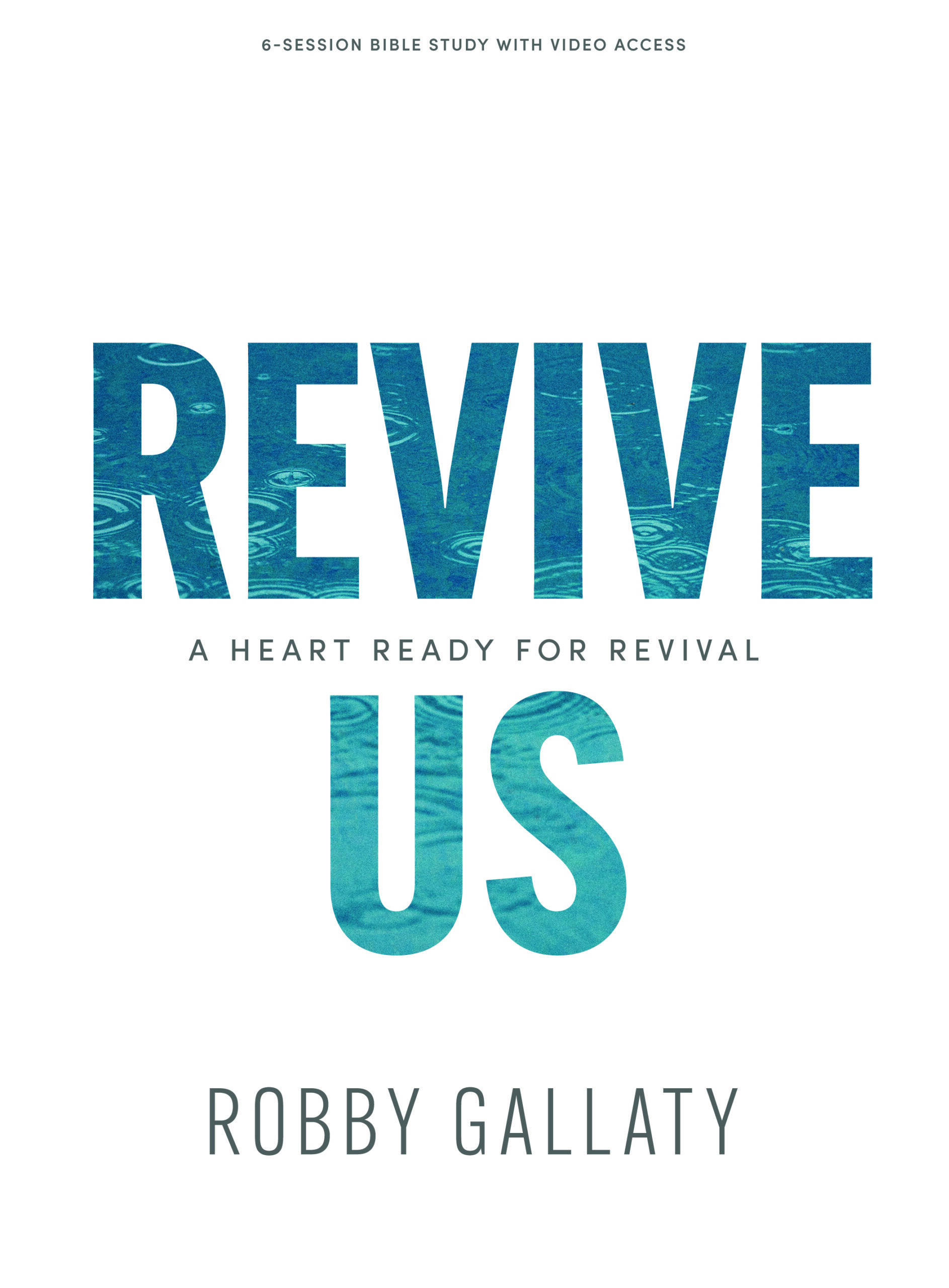This is part one of a two-part series on creating questions for discussion groups. You can read part two here.
Too many times, when I’m leading a small group, I find myself thinking of a great question and forgetting there are questions that must lead up to that question, as well as questions that must follow it. In other words, I fail to think in terms of question sets.
Defining a Question Set
Let me explain what I mean by a question set. Questions drive learning. Questions motivate us to search, to dig, to look for connections. If we have no questions, we stop learning. Questions should move us to learn and act on what we learn.
There are some questions that can generate some discussion but ultimately end up being time wasted. These tend to propose some type of hypothetical situation that is related to the content being studied but fail to move people to discover a critical truth or act upon the truth. One example is: What other animals could Satan have used other than the serpent to tempt Eve? We could fill an hour with discussion on this question, but doing so would only reveal our fear or bias toward an animal (or a rival school’s mascot).
Question sets are organized into a logical progression that moves a group or an individual to act on a truth discovered. The first question invites the group into the learning process (for example: Why should I study this?) or defines a focus for the group (What is the issue we will examine?). The next group of questions direct the group’s discovery (What does it say?) and helps them process the content (What does it mean?). The final questions challenge the group to practice what they are learning (What do I do?).
An Example
Here is an example of a set of questions based on Luke 2:8-20 (the pronouncement of Jesus’ birth to the shepherds):
- What makes Christmas special to you?
- What role does Jesus play in your Christmas celebration?
- How does our celebration of Jesus’ birth compare to what we find in Luke 2:8-20?
- What was the message delivered by the angels?
- What makes Jesus’ birth good news to the angels? to the shepherds? to us?
- How is the message of good news delivered today?
- How did you first hear that message?
- How do we deliver God’s good news today?
- How do you deliver God’s good news, and to whom do you need to deliver it?
The order of these questions is important. Suppose we were to move from what role Jesus plays in our Christmas celebrations to how do we deliver God’s good news today. We would have not led the group to consider the significance of Jesus’ birth or how the message of the angels relates to the message we deliver today.
In part two of this series, we’ll talk about how to create question sets.
G. Dwayne McCrary is the team leader for Adult and Young Adult group resources at Lifeway, leads two weekly Bible study groups (one for empty-nesters and one for 4-year olds), serves as an adjunct professor at Midwestern Baptist Theological Seminary, and carries 20-plus years of church staff experience. He is married to Lisa (both native Texans), and they have two children and one grandson. Find him on Twitter: @gdwayne.





[…] This is part two of a two-part series on creating questions for discussion groups. You can read part one here. […]